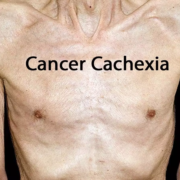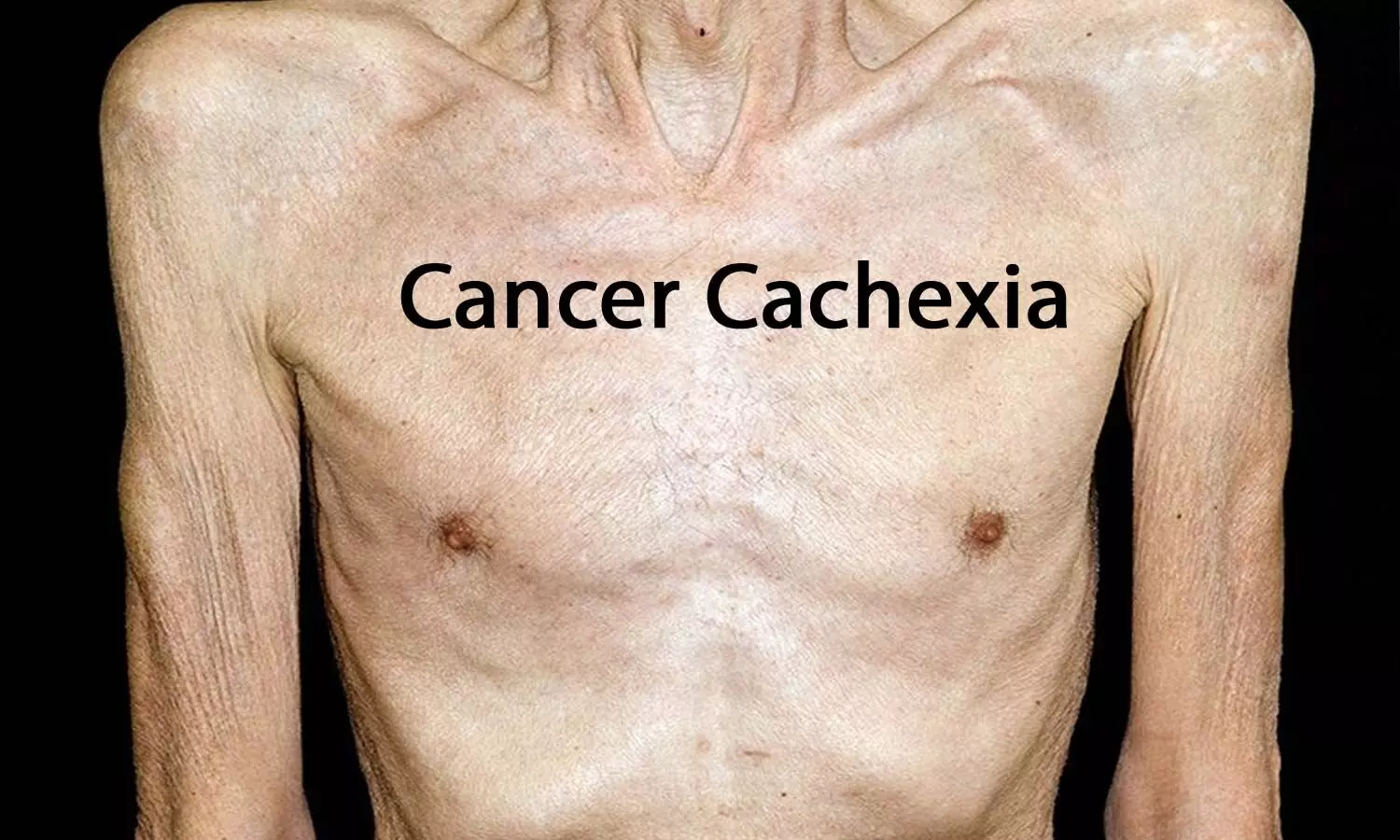New hope for healthcare: Nita Ambani announces 2000-bed Medical City in Mumbai

Mumbai: In a major step to transform the country’s healthcare landscape, Nita Ambani, Founder and Chairperson of Reliance Foundation, announced the establishment of a massive state-of-the-art 2,000-bed medical city in Mumbai.
The facility will not just be another hospital, but a hub of healthcare innovation where advanced medical technology and artificial intelligence will work alongside some of the world’s finest doctors to provide world-class treatment at affordable costs. This initiative is set to revolutionise the health and medical industry, restructuring and reshaping it with the power of advanced technology to serve humankind better.
Also read- Haryana doctors launch hunger strike against Geo-fencing Attendance System
Sharing the announcement at the 48th Annual General Meeting of Reliance Industries, Mrs. Ambani said, “This will not be just another hospital but India’s new beacon of healthcare innovation, where AI-powered diagnostics, cutting-edge medical technology, and leading doctors from across the globe will come together to deliver care that matches the best standards in the world.”
Beyond patient care, the upcoming medical city will also house a transformative medical college, envisioned to train the next generation of doctors who will serve both India and the world. Nita Ambani emphasised that the mission is not just to expand capacity, but to make world-class healthcare accessible and affordable to every Indian.
The new project builds upon the success of the Sir H. N. Reliance Foundation Hospital, Mumbai’s top multi-speciality hospital, which recently completed a decade of service, serving millions of patients.
Marking the milestone, Mrs. Ambani also launched “Jeevan” – a state-of-the-art extension of the hospital and the name for the upcoming medical city. The Jeevan wing will focus on pediatric cancer care through chemotherapy and immunotherapy, designed to provide children with advanced treatment in an environment filled with compassion and warmth.
“This wing will be designed to heal our little ones with world-class care and a mother’s warmth,” she explained.
Also read- AIIMS Announces 12-hour a day duty roster: Is it feasible? Here’s what doctors say
Powered by WPeMatico





